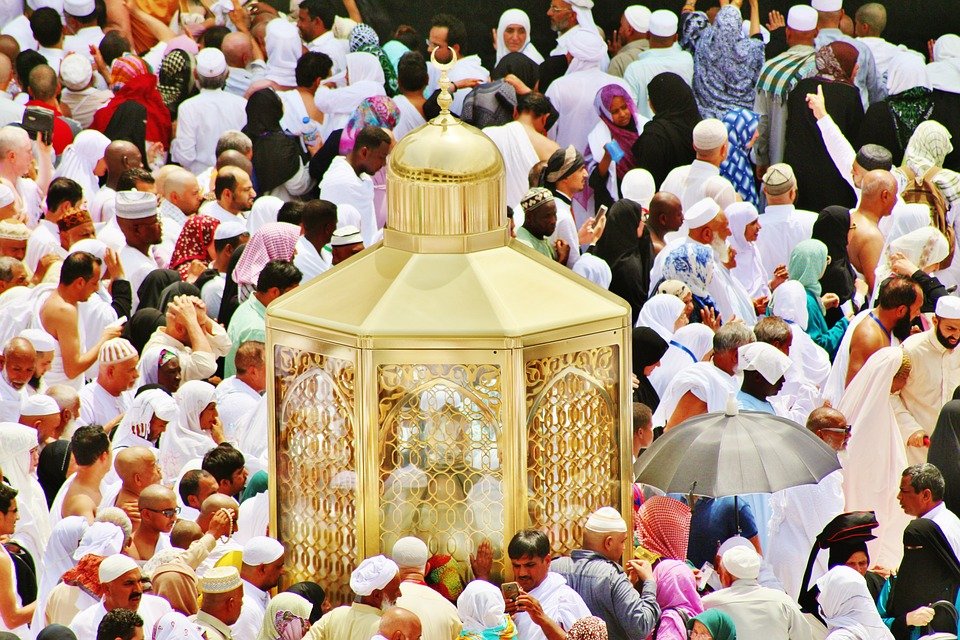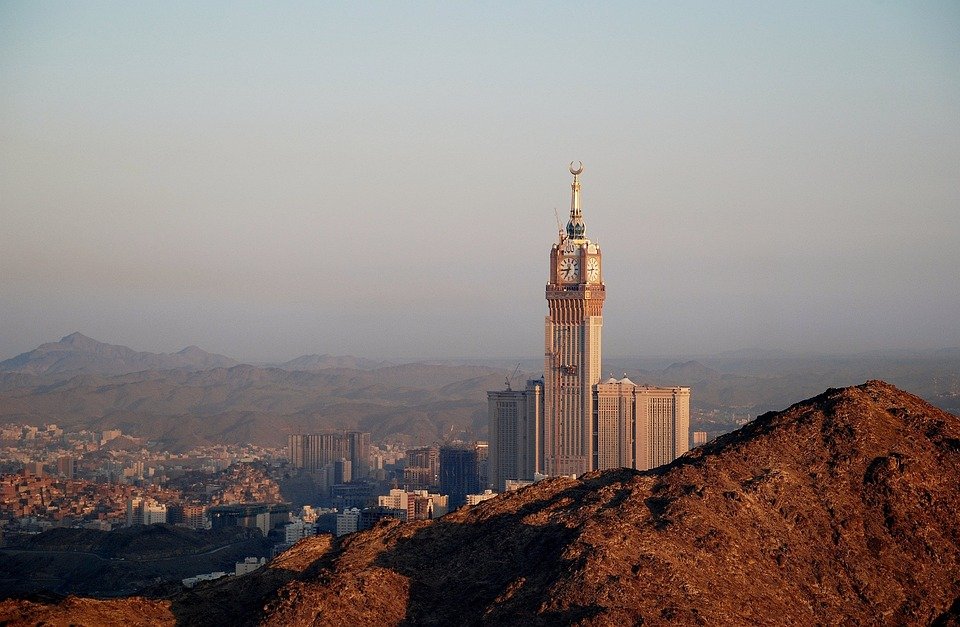You are here to read: What Should I Sacrifice for Hajj Hadee or Odia: A Guide – A Thoughtfully Written Guide Offering Spiritual Wisdom and Travel Advice for Every Pilgrim who is going on holy journey of Hajj or Umrah.
When considering “what should I sacrifice for Hajj Hadee or Odia,” many Muslims seek clarity on this important aspect of their pilgrimage. This topic holds great significance, and I promise you will find a comprehensive guide to all your questions right here. The decision between Hadee and Odia can be overwhelming, but with the right information, you can choose what best suits your spiritual journey. In this article, we will explore the meanings, methods, and nuances of these sacrifices, ensuring you feel confident in your choices as you prepare for this transformative experience.
Understanding “what should I sacrifice for Hajj Hadee or Odia” goes beyond just religious obligation; it symbolizes dedication to faith and community. I believe that the sacrifices we make during Hajj reflect our commitment to Allah and our empathy for those less fortunate. With nine years of experience in the Umrah and Makkah travel field since 2016, we have gathered valuable insights to support your journey. We aim to empower you with the knowledge and guidance necessary for making informed decisions about your sacrifices during this sacred time.
What Should I Sacrifice for Hajj Hadee or Odia: A Guide
Understanding Hajj and Its Significance
Hajj stands out as one of the most important pillars of Islam. Every Muslim who is physically and financially able must perform this pilgrimage at least once in their lifetime. Millions flock to the sacred cities of Makkah and Madinah each year. They come with an open heart, eager to follow the footsteps of the Prophet Muhammad (peace be upon him). The sheer magnitude of the event makes it a unique experience, filled with devotion and spiritual reflection.
As we contemplate the responsibilities associated with Hajj, it’s crucial to understand the associated sacrifices. One major aspect is the offering of a Hadee or Odia, which refers to the animals sacrificed during this pilgrimage. This act symbolizes remembrance and gratitude towards Allah. It’s not just about the act itself; it is about nourishing the spirit and understanding the significance behind it.
The Concept of Hadee and Odia
When Muslims think of Hadee or Odia, they often think of sheep, goats, or even camels. These animals are sacrificed as a form of worship. The meat from the sacrifice is distributed among family, friends, and those in need. This distribution emphasizes community and charity, which are essential aspects of Islamic teachings.
In essence, Hadee and Odia remind us to share our blessings, reinforcing our connection to one another. The act of sacrificing an animal also symbolizes submitting to Allah’s will. It’s not merely a ritual but a transformative experience that allows individuals to reflect on compassion, charity, and gratitude.
Choosing the Right Animal to Sacrifice
Selecting the right animal is vital for fulfilling the requirements of Hajj Hadee or Odia. Muslims often ponder whether to choose a sheep, goat, or even a cow. While each option holds significance, it’s paramount to ensure that the animal meets specific criteria. It should be healthy, free from any defects, and of suitable age.
You're at the middle of this awesome post at AirlinkHajjandUmrah.com through: What Should I Sacrifice for Hajj Hadee or Odia: A Guide. Keep reading, it gets better!
The choice of the animal also carries cultural significance. In some regions, goats are preferred while in others, cows might be the choice. I think it’s important to consider your community’s practices while making your selection. Ensuring the well-being of the animal during its life and the sacrifice further adds to the spiritual essence of the act.
The Importance of Intentions in Sacrifice
Intentions matter significantly in Islam. When we prepare to sacrifice an animal during Hajj, it’s not just about the act itself. Our efforts should stem from a place of sincerity and devotion. Fostering a pure intention lends meaning to the sacrifice, driving home the purpose of our actions during this holy pilgrimage.
A heartfelt intention can elevate the experience of sacrificing an animal. We must remind ourselves that this act symbolizes obedience and devotion to Allah. It’s a moment to reflect, pray, and express gratitude for all that we have received. The intention behind our actions will shine through, making the sacrifice not just a ritual, but a spiritual journey.
Understanding the Distributions of the Meat
Once the animal sacrifices are made, the next step is distributing its meat. It’s worthwhile to note that the distribution should ideally be divided into three parts. One-third can go to the family, another third for friends, and the final third for the less fortunate. This division underscores the importance of community and charity in Islam.
Sharing the meat brings people together. It’s a way of caring for one another and ensuring everyone can partake in the blessings of Hajj. For those unable to perform the pilgrimage, this gesture holds significant weight, connecting them to the event in a meaningful way. In my opinion, this practice fosters unity and compassion within our communities.
Preparing Emotionally and Spiritually for the Sacrifice
Preparing for the Hajj sacrifice goes beyond physical aspects. We must ensure our heart and mind are in the right place. Engaging in self-reflection can be incredibly helpful. We should consider our motivations and readiness to fulfill this religious obligation. In doing so, we equip ourselves for the transformation ahead.
This emotional preparation can also help cultivate patience and resilience. Sacrifices often test our commitment. I feel that embracing this challenge aligns us more closely with the spiritual purpose of Hajj. We should welcome the experience as an opportunity for growth and understanding.
Conclusion: Embracing the Sacrifice
In conclusion, the offering of Hadee or Odia during the Hajj pilgrimage serves as a testament to our faith and our commitment to serve others. It’s an opportunity to express gratitude, foster community ties, and reflect on our intentions. While it involves sacrifice, it ultimately leads to spiritual enrichment and a deeper connection to our beliefs.
As we dive into discussions about sacrifices during Hajj, remember that the essence lies not just in the act but in the heart behind it. Through compassion, charity, and a sincere intention, we embrace the true spirit of Hajj. May our sacrifices lead us towards enlightenment, unity, and deeper faith.
That wraps up What Should I Sacrifice for Hajj Hadee or Odia: A Guide. Thanks for sticking with us till here! Share this: What Should I Sacrifice for Hajj Hadee or Odia: A Guide with your friends.
Check our homepage at Air Link Hajj & Umrah for more awesome updates.
Some interesting posts are: 1: Umrah Mubarak, 2: When is Umrah closed 2026?, 3: When does Umrah start after Hajj 2026?
Mushu, an experienced Saudi Arabia traveler and writer, shares insightful tips and spiritual reflections to enhance Hajj and Umrah journeys for fellow pilgrims. He has been to Makkah and Madina from 2016 to 2023 many times and his posts will reflect this.







